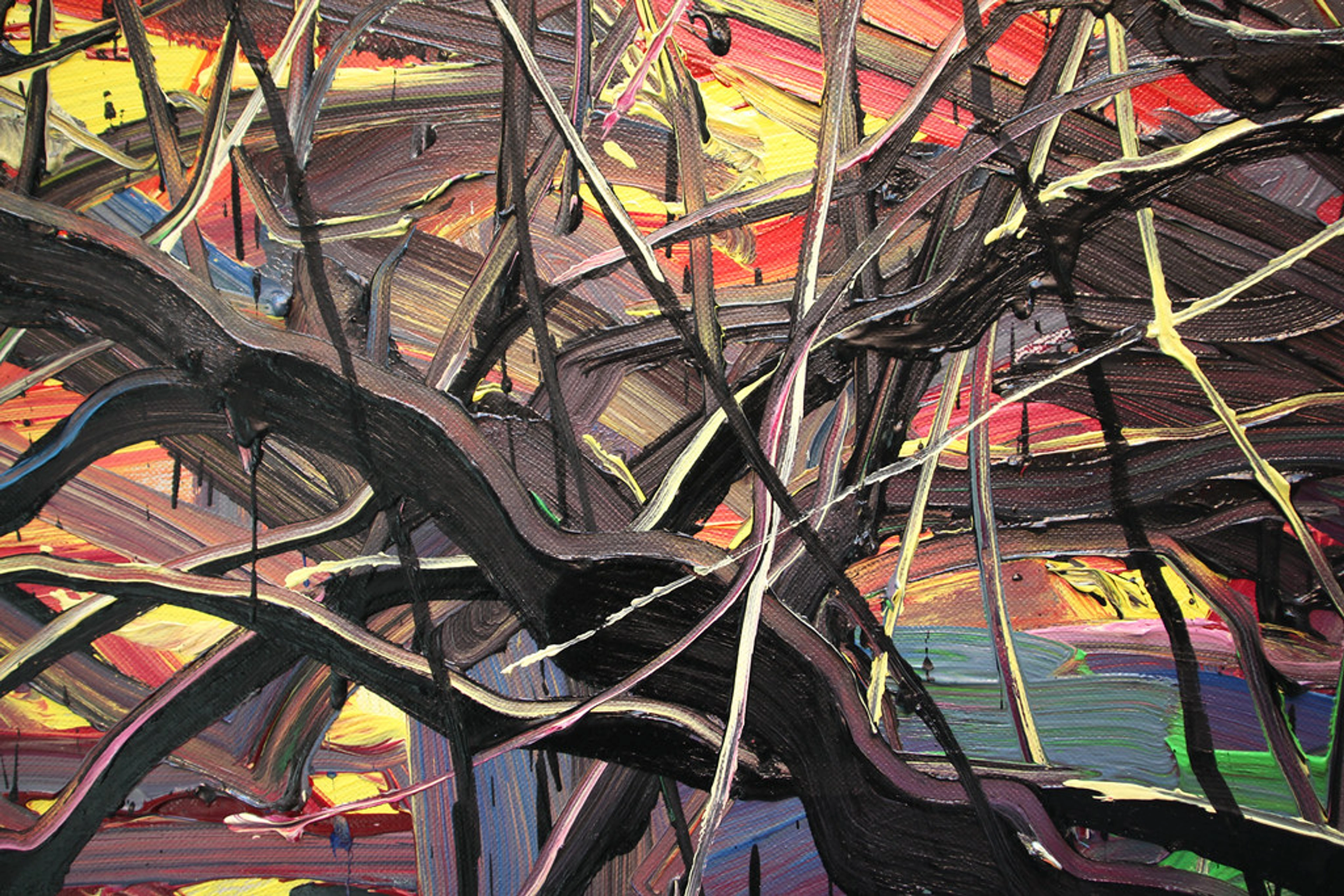
Finding Your Artistic Voice: My Journey to Authentic Abstract Art & Evolving Style
Explore my personal journey to an authentic abstract art style. From early influences and playful imitation to embracing intuition and chaos, discover the challenges, joys, and continuous evolution of my unique creative expression and artistic voice.
Finding Your Artistic Voice
Have you ever looked at an artist's work and thought, "Wow, they must have just been born with that style?" If so, you're not alone, and let me tell you, that's often a beautiful, delightful misconception! My journey into abstract art, and particularly the quest to find what I now lovingly call 'my voice,' has been less like a sudden revelation and more like a very enthusiastic, slightly clumsy dance. Think less ballet, more a toddler discovering interpretive movement – full of passion, a lot of falling, and the occasional unplanned masterpiece on the wall. Perhaps, by sharing my dance, you might find a rhythm for your own creative path, armed with a few insights I stumbled upon along the way.
For a long time, I felt like a chameleon, trying on different art 'skins.' One day I'd attempt something reminiscent of the bold strokes of Abstract Expressionism, the next I'd be trying to emulate the serene, geometric purity of Mondrian. Why them? I was drawn to Abstract Expressionism's raw, emotional power and spontaneity, starkly contrasted by Mondrian's disciplined, almost mathematical harmony. I hoped that by wrestling with such different languages – one of explosive feeling, the other of precise structure – I'd somehow stumble upon my own. It was like trying to fit into someone else's perfectly tailored suit – it might look good on them, but it just felt… off. And a little itchy. Like wearing a scratchy wool sweater to a silk gala. This phase, while a bit frustrating, was crucial. It was my artistic adolescence, a period of wild experimentation and learning what I didn't want to be. Even in imitation, you're learning the rules so you can break them meaningfully, right? Or at least, that's what I told myself as I wrestled with another canvas that just wasn't 'me'.
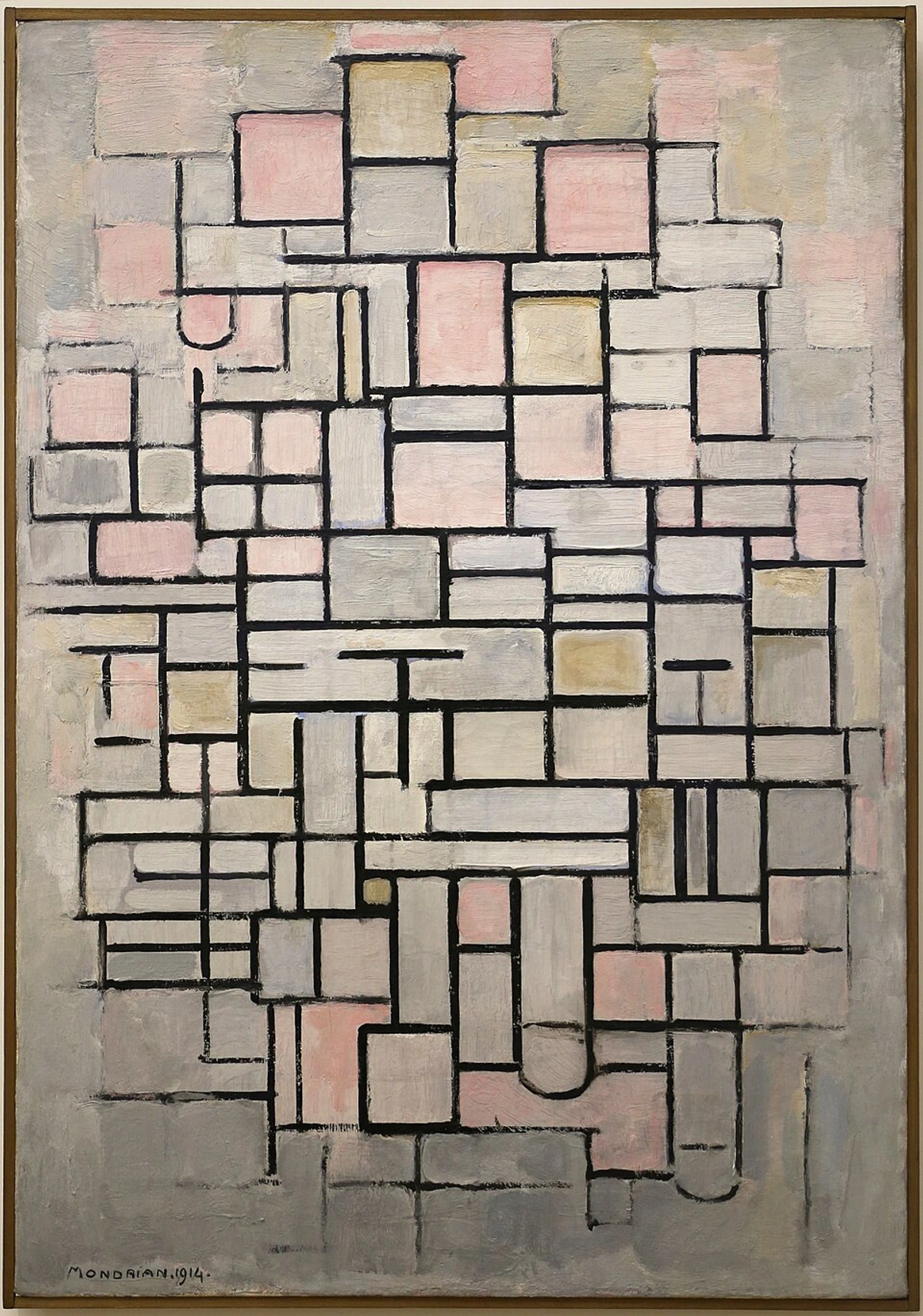
The Early Stumbles: Imitation and Introspection
I remember countless hours spent in my studio, canvas after canvas staring back at me, mocking my indecision. I'd read about how to create abstract art, devoured books on the history of abstract art, and even tried to 'decode' famous works. But my own work felt… derivative. It was as if I was speaking someone else's language, articulate perhaps, but without a hint of my own accent or a personal story to tell. I remember one piece, meant to be a homage to Rothko, that ended up looking suspiciously like a very sad brick wall. I was trying to capture the profound emotional depth he achieved through his vast, luminous color fields, those hovering, pulsating rectangles that just are. My 'homage' achieved the emotional depth of, well, a brick wall. It taught me a lot about what not to do, and even more about the subtle art of self-doubt that creeps in when your brush isn't quite aligned with your soul. Those were the days I truly felt like an imposter, silently screaming, 'When will I find my secret handshake?' I found that simply showing up to the studio, even on days I felt like an imposter, was half the battle, a quiet act of defiance against self-doubt.
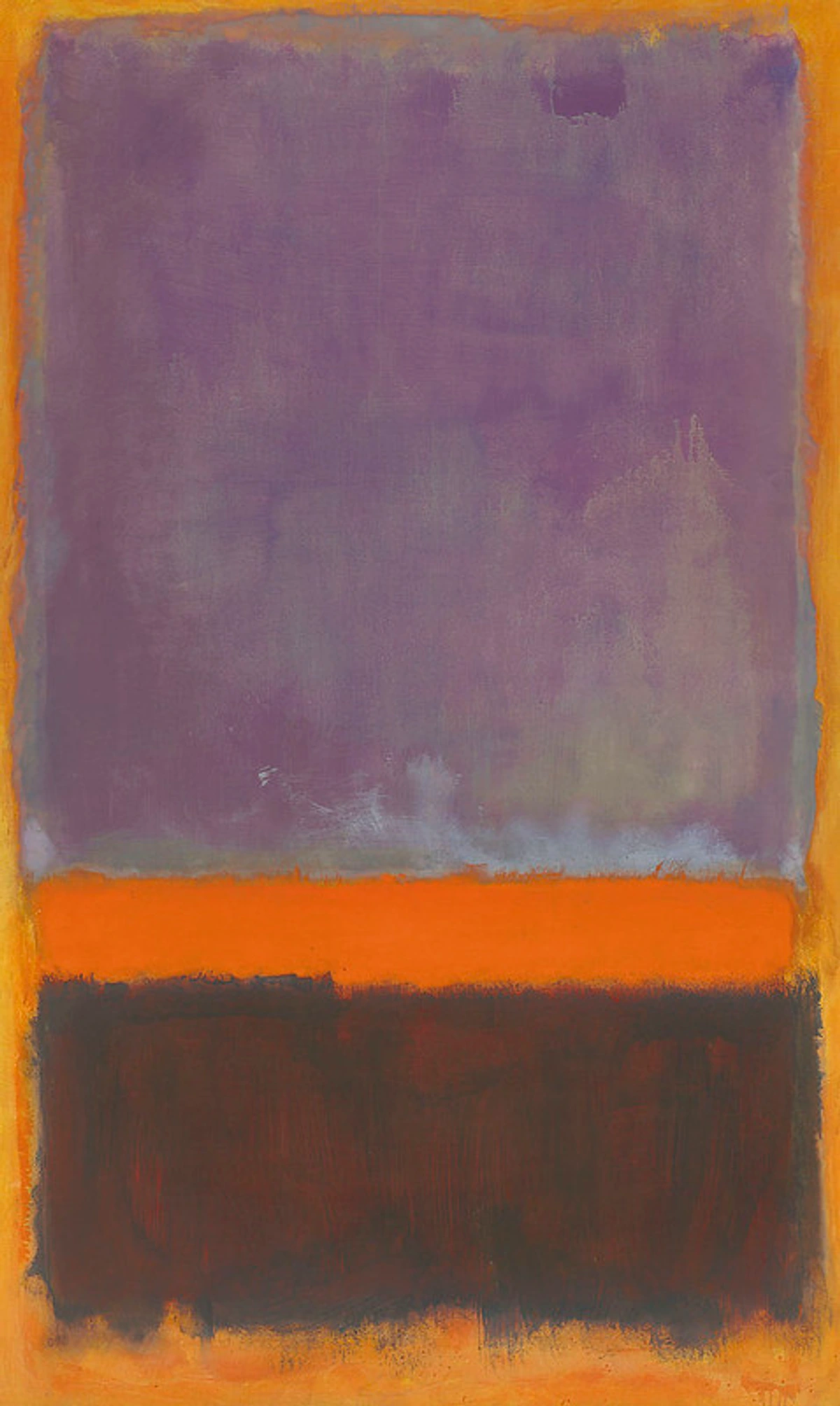
https://www.flickr.com/photos/gandalfsgallery/27744325407
It was a lot like being at a party where everyone else seemed to know the secret handshake. You nod along, laugh at the right times, but deep down, you're just wondering when the pizza arrives. My abstract pieces, while technically competent, lacked that intangible spark, that me-ness. Each unfinished canvas was a silent judgment, a reminder of the artistic voice I was desperately searching for, but couldn't seem to locate, no matter how many art history books I devoured.
Embracing the Mess: My Personal Philosophy and Intuition
The turning point, ironically, came when I stopped trying so hard. The shift didn't happen overnight; it was more of a slow burn, fueled by exhaustion from all that mimicking. I was burnt out, frustrated, and ready to throw my brushes at the wall (metaphorically, mostly). Have you ever just let go of the reins? It was terrifying, honestly. The idea of letting go of every rule, every 'should' I'd absorbed from art history books, felt like stepping off a cliff. But one day, driven by sheer creative exhaustion, I just decided to paint without a plan. No reference, no pre-conceived notion, just me and the canvas. I let my hand move, my feelings guide the brush, and the colors speak for themselves. This was less a conscious decision and more a surrender. My very first 'messy' painting was a wild pour of cerulean blue and cadmium yellow, which swirled into an unexpected, vibrant green. The immediate feeling? A chaotic mix of 'What am I doing?!' and a profound, almost primal 'YES!' It was a profound sense of liberation, a feeling that I was finally speaking my own truth on canvas, unburdened by expectation.
It was messy. Gloriously, beautifully messy. I started literally pouring paint, letting it pool and spread, or dragging heavy impasto through wet washes with a wide palette knife, allowing the pigments to collide and merge in unpredictable ways. And for the first time, it felt right. It was akin to realizing that the best conversations happen when you stop rehearsing what you're going to say and just let your thoughts flow. This embrace of spontaneity and intuition became the bedrock of my approach, a topic I delve into more deeply in my thoughts on embracing intuition in abstract painting. With this newfound freedom, my focus naturally turned to the very building blocks of my art: color and texture, the true language of emotion on canvas.

https://live.staticflickr.com/65535/53064827119_1b7c27cd96_b.jpg
This shift wasn't just about technique; it was about my personal philosophy. Why did I paint abstract art in the first place? What was I trying to say without words or recognizable forms? Was I trying to express the quietude of nature, the raw energy of urban life, or the fleeting complexities of human emotion? Perhaps a swirling vortex of blues and grays to capture the quiet intensity of a storm, or vibrant, overlapping layers to express the joyful chaos of a city street. I explored these questions, sometimes on canvas, sometimes just journaling late into the night. My answers weren't always clear, but the act of seeking them was painting my voice into existence, a true creative liberation.
Color and Chaos: The Language of Emotion
What if color wasn't just about harmony, but about raw, unbridled emotion? For me, color is not just an aesthetic choice; it’s the purest language of emotion on a canvas. Early on, I used color cautiously, following rules, trying to make things 'harmonize,' often sticking to analogous colors or strict complementary pairs. But my voice started to emerge when I began to treat colors like loud, boisterous friends at a dinner party – letting them clash, argue, and then somehow find a chaotic harmony that felt utterly alive. What if colors weren't just for harmony, but for dialogue? What if they could scream, whisper, or hum with unexpected feeling?
My palettes became bolder, more expressive. Imagine a fiery cadmium red abruptly meeting a cool, brooding indigo – not blended, but placed side-by-side, creating a vibrant hum that was uniquely mine, like a low, resonant cello note against a sharp violin chord. For me, that specific collision often evokes a sense of vibrant tension, a quiet storm brewing. It was a deliberate departure from the traditional color wheel, seeking dissonance and raw emotional impact over conventional harmony. It’s the visual equivalent of a thrilling chord in music. It’s about feeling, not just seeing. You can read more about my specific approach in The Power of Color in Abstract Art: My Approach to Palette and Emotion and how it contributes to the emotional resonance of my work.
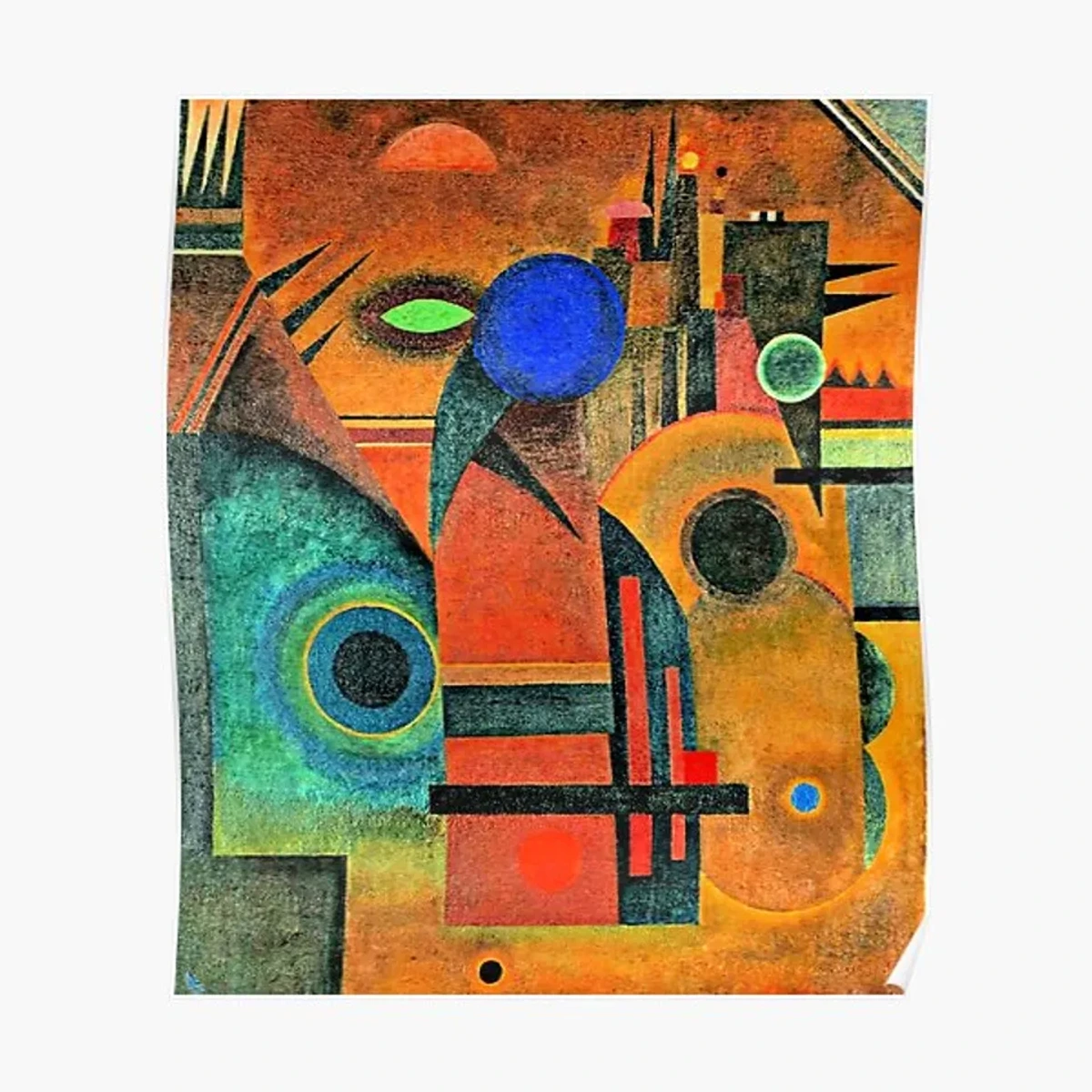
Printerval.com, https://creativecommons.org/licenses/by-nc/4.0/
Texture and Depth: Building a World
But color wasn't the only element speaking; I soon realized the canvas itself could tell a story through its very skin. As my confidence grew, so did my willingness to experiment with texture. Smooth canvases gave way to impasto techniques, mixed media, and layers upon layers of paint. How much story can a surface tell? I wanted my pieces to have a physical presence, a history embedded in their surfaces. It’s like the wrinkles on a wise old face – each one tells a story.
I began working with heavy gel mediums, sometimes mixing in granular elements like sand or even coffee grounds, to create a topography on the canvas. One early challenge was mastering the drying times – I once created a piece that, overnight, warped into something resembling a very elegant, but deeply unhappy, potato chip. It was a disastrous texture experiment that taught me a lot about patience and the subtle science of mediums, ultimately leading to breakthroughs. But the satisfaction of feeling the satisfying drag of the palette knife through thick paint, leaving a tangible record of movement, became integral to my process. This textural interplay also profoundly affects how light interacts with the piece, casting subtle shadows and highlights that shift throughout the day, adding a dynamic, living quality to the art. Exploring texture wasn't just about adding visual interest; it was about adding another dimension to my emotional language. A rough, jagged patch might convey turmoil, while a smooth, delicate layer could whisper of peace. This constant exploration of materials and methods, often in my home studio (a wonderfully chaotic space you can learn more about in From Studio to Home: My Process of Creating and Placing Abstract Art), became integral to defining my style and embracing tactile storytelling.

https://www.flickr.com/photos/abstract-art-fons/30634352376
The Unending Evolution: A Journey, Not a Destination
Finding my voice wasn't a one-time event; it's an ongoing conversation. My style continues to evolve, subtly changing with each new experience, each new challenge, each new emotion I process. Lately, I've been fascinated by the interplay of subtle, almost monochrome palettes, challenging myself to find the same depth and emotional resonance without the usual riot of color. This shift was perhaps subtly inspired by the stark, yet deeply emotional works of artists like Gerhard Richter's gray paintings, or perhaps simply a desire for quiet introspection, a reflection of finding calm amidst life's inherent chaos. It's like learning to whisper when you're used to shouting. It's exhilarating and, frankly, a little terrifying, because it means constantly pushing boundaries, even when I'm not sure where the edge is.
It's a lot like life, isn't it? We never truly 'arrive' at a finished version of ourselves. We're always growing, adapting, shedding old skin, and embracing new facets. It's also about making a lot of 'bad' art, those awkward, forgotten pieces that silently teach you what works. I still have a piece from last year, an attempt at a purely textural, monochrome canvas, that turned out looking suspiciously like a very elegant, but very dry, piece of toast. It taught me invaluable lessons about subtle shifts in tone and light. So, embrace your 'bad' art! Those messy, awkward pieces are precisely where your true breakthroughs hide. It's also profoundly influenced by the quiet observations of daily life – the way light falls on a dusty windowpane, the rhythm of a favorite song, or the unexpected beauty of rust on metal. These subtle inputs become part of the ongoing conversation on my canvas. And that's precisely what keeps this artistic journey so compelling, leading to constant reinvention and authentic expression. If you're curious about the deeper philosophical underpinnings of my work, you might enjoy reading Why I Paint Abstract: My Personal Philosophy and Artistic Vision.
My hope is that when you look at my art, whether it’s a print from my collection or an original piece you’re considering for your home, you don’t just see colors and shapes. You see a piece of my journey, a moment of my introspection, a whisper of my voice. And perhaps, if I’ve done my job, it might even help you find a little piece of your own reflection within it. What's your creative journey been like? I'd love to hear about your own 'secret handshakes' and messy breakthroughs in the comments below, or connect with me directly. I'm excited to see where this dance takes me next, and I hope you'll join me for the ride.
Frequently Asked Questions (FAQ)
How long does it take an artist to find their unique style?
There's no set timeline! It can take years, even decades, of consistent practice, experimentation, and self-reflection. It's truly a gradual process of discovery rather than a sudden revelation. Embrace the beautiful, winding journey!
Can an artist's style continue to evolve after it's 'found'?
Absolutely, without a doubt! An artist's style is rarely static; it's a living, breathing entity. It continues to evolve and mature throughout their career, constantly influenced by new experiences, techniques, and personal growth. It's a never-ending, fascinating dance.
What role does 'bad' or 'unsuccessful' art play in an artist's journey?
Oh, it's absolutely vital! Think of 'bad' art not as a failure, but as 'learning' art. Every piece, even those you'd never show, is a step towards understanding your materials, your process, and ultimately, your true voice. Embrace the experiments, no matter how clumsy, because they're where the real magic happens!
What are some common challenges in developing an artistic voice?
Common challenges include the ever-present self-doubt, the pressure to conform, the insidious habit of comparing oneself to other artists, the fear of failure, and simply not knowing where to begin. Overcoming these often involves persistence, deep introspection, and a radical willingness to make 'bad' art – because that's where breakthroughs hide.
How do you approach starting a new abstract piece when you're 'embracing the mess'?
When I'm 'embracing the mess,' my approach is usually very intuitive, almost like a conversation with the canvas. I might start with a single color that's intensely calling to me, or a specific type of mark-making – a bold swipe, a gentle pour. There's no grand blueprint, just a continuous reaction to the canvas, to the paint, and to my own internal state in that very moment. It's about listening more than planning.
How do you overcome creative blocks or find inspiration when you feel stuck?
Creative blocks are like uninvited guests at the best parties – annoying, but often temporary. For me, it's about shifting perspective. Sometimes, it means stepping away entirely, finding inspiration in unexpected places like a walk in nature, the texture of an old wall, or the rhythm of a piece of music. Other times, it's about pushing through with 'bad' art – just painting, sketching, or experimenting without any expectation. Those low-stakes explorations often unlock something new. It’s about listening to what the art needs, even if it's just quiet observation for a while.
Where can I see more of your evolving style?
You can explore my latest works and art for sale directly on my website. For a more chronological overview of my artistic path, you can also visit my artist journey and timeline.
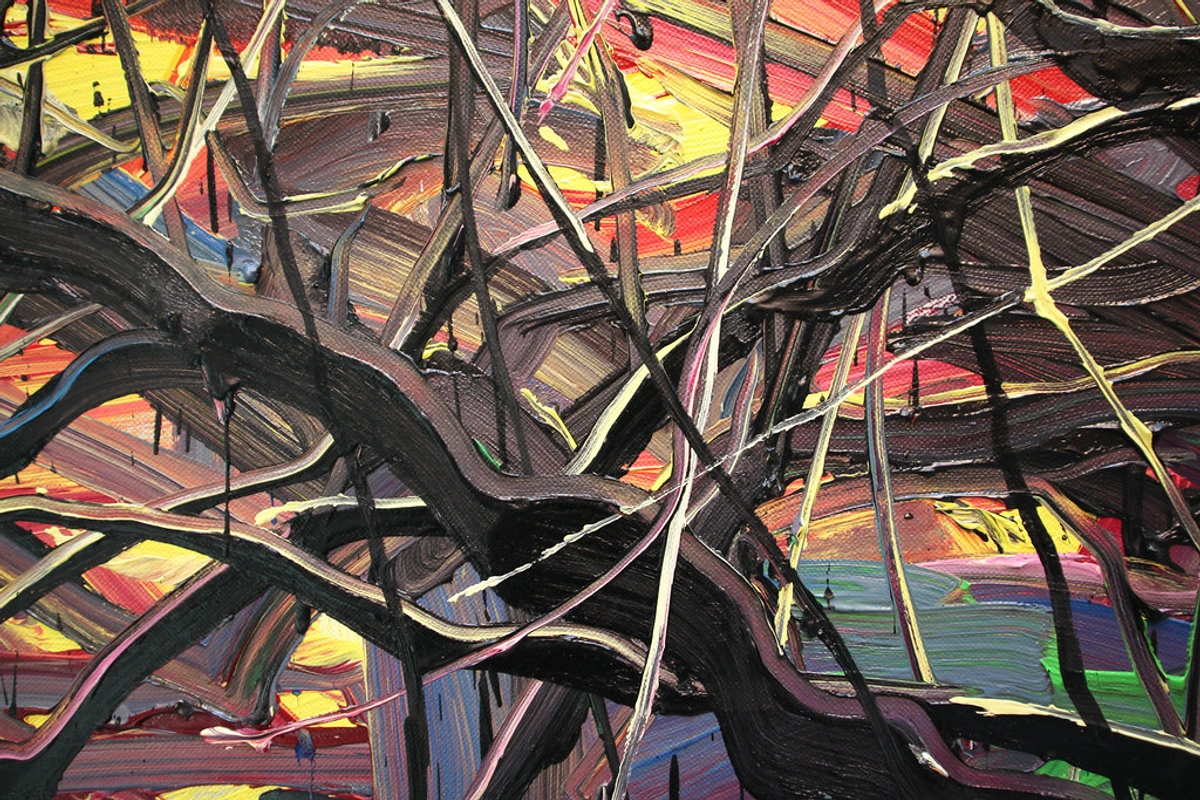
https://www.flickr.com/photos/2875/8866942510, https://creativecommons.org/licenses/by/2.0/




